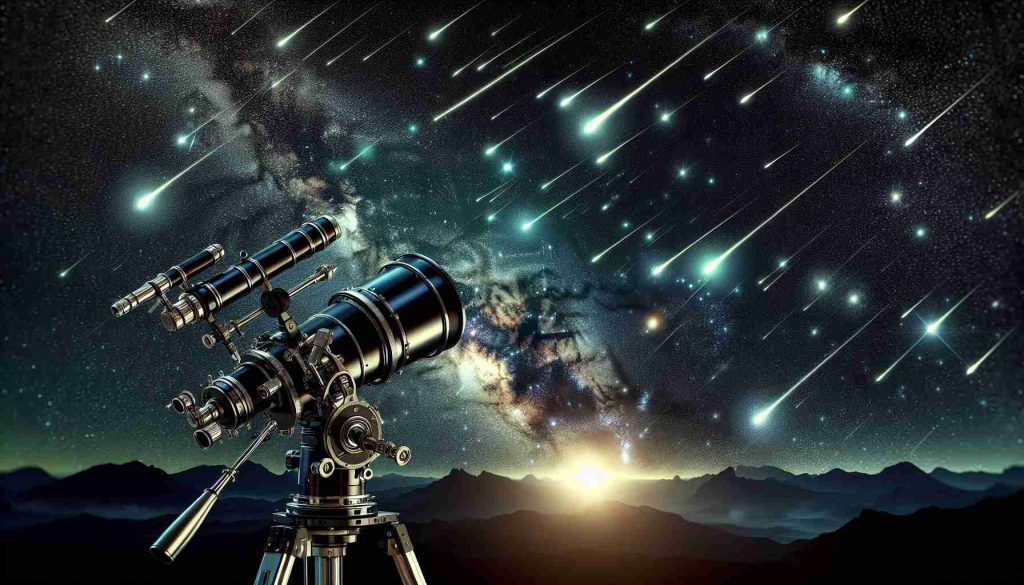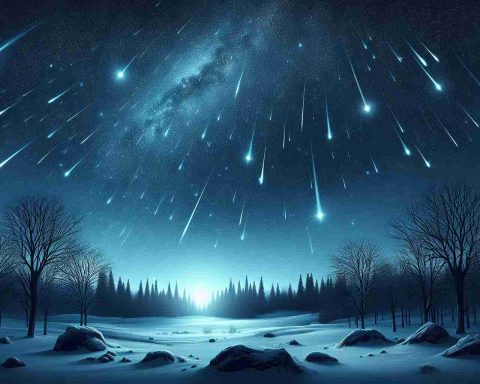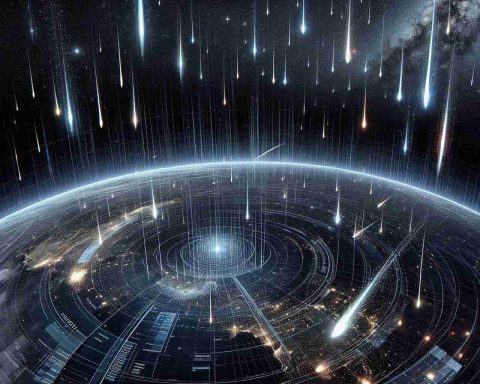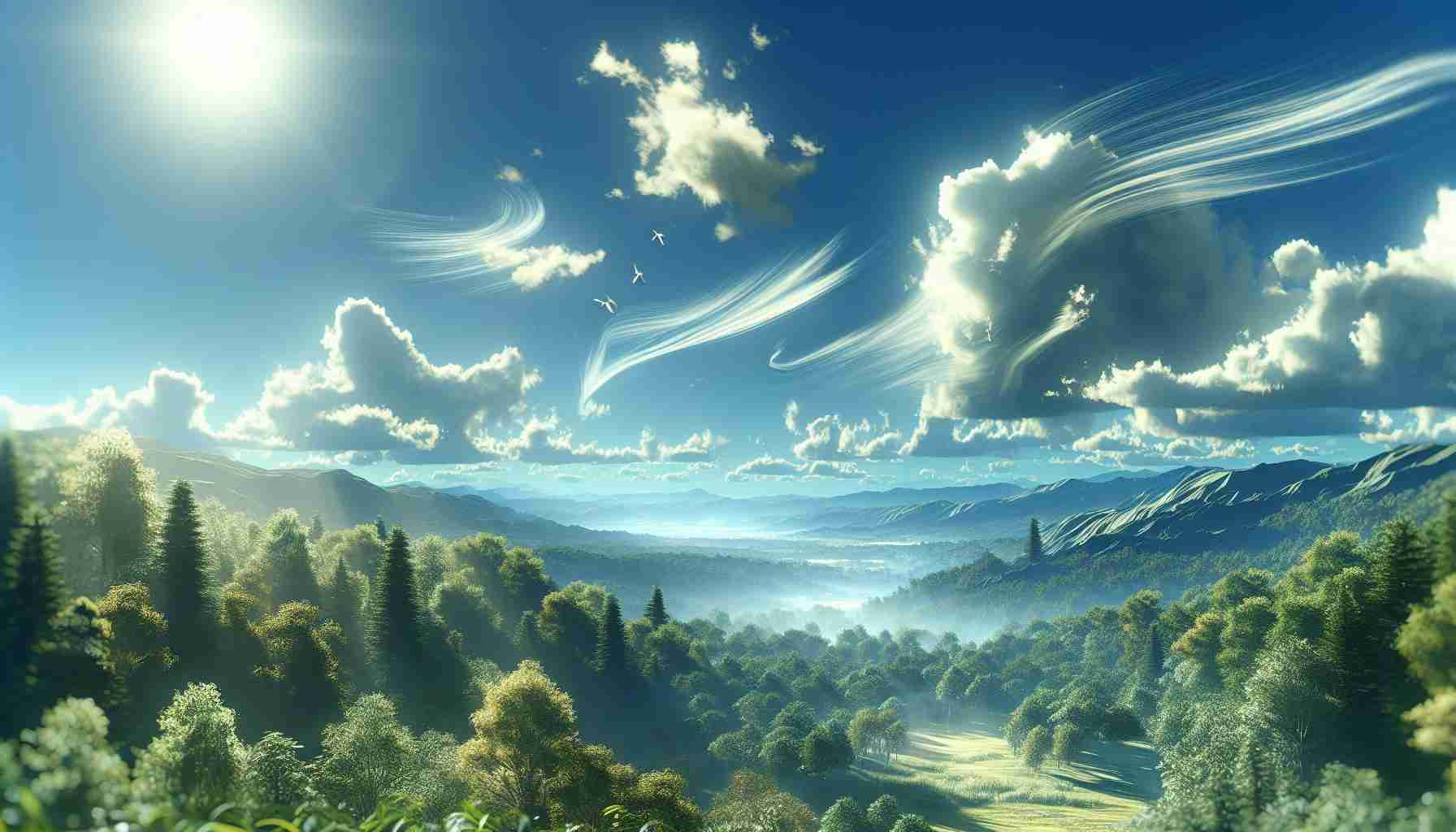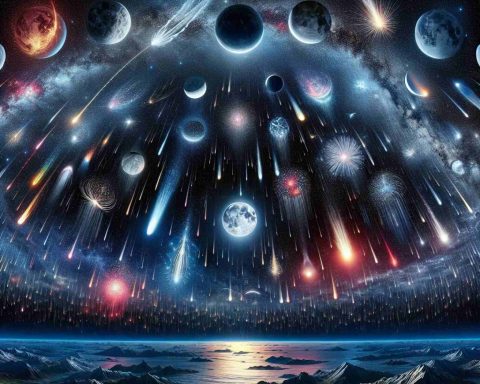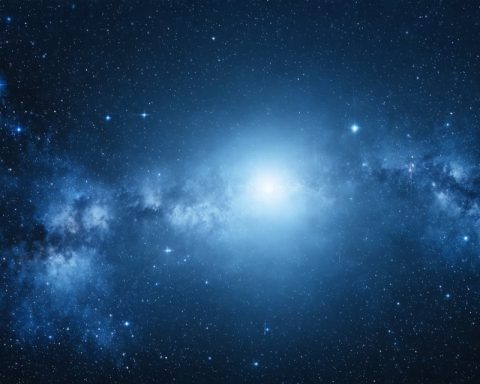Meteor Showers - Page 2
Meteor showers are celestial events during which numerous meteors are observed to radiate from a specific point in the night sky. They occur when Earth passes through the debris left by comets or asteroids, which are composed of small particles and dust. As these particles enter the Earth's atmosphere at high speeds, they burn up due to friction, producing bright streaks of light that we see as meteors, commonly referred to as "shooting stars."Meteor showers are named after the constellation from which they appear to originate, known as the "radiant." For example, the Perseids meteor shower is associated with the constellation Perseus. Meteor showers can occur at predictable times of the year, often annually, depending on the Earth’s orbit intersecting the debris trails of specific celestial bodies. Some well-known meteor showers include the Perseids, Leonids, and Geminids, each characterized by varying rates of meteor activity and visibility conditions. These events are popular among skywatchers and astronomers, as they can provide a spectacular display of natural light phenomena in the night sky.
